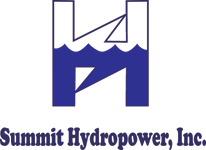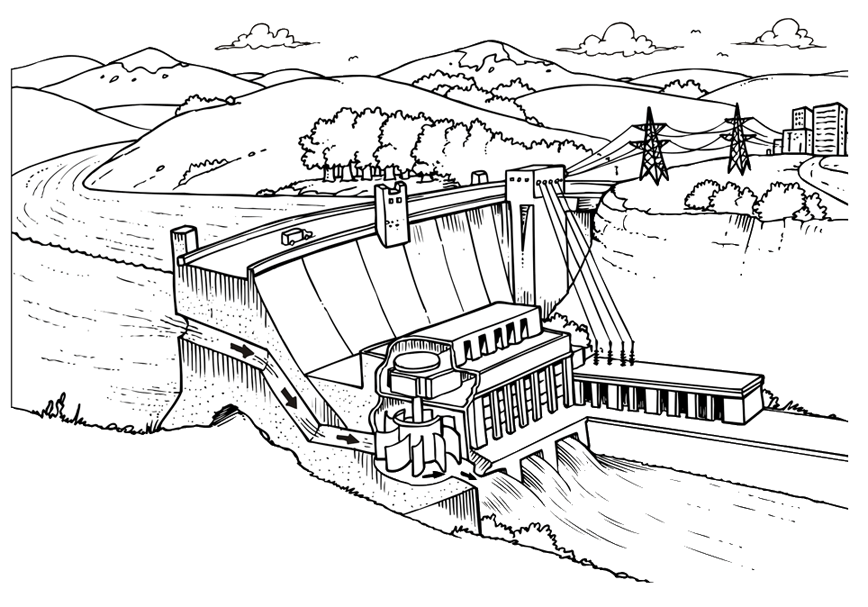|
HOME | WHAT IS HYDRO | BENEFITS OF HYDRO | ROLE OF RENEWABLES | WYRE WYND | DAYVILLE POND | COLLINSVILLE | PHOTOS | CONTACT What is Hydropower? Hydropower harnesses the energy of falling water to generate electricity. In simple terms, the inertial force of water flowing through a pipe rotates a propeller which is connected to a generator to make electricity.
The capital cost of hydropower projects is higher than fossil burning projects but operating costs are low and there is no dependence on a fuel supply that is depleting and becoming more expensive. The Federal Energy Regulatory Commission (FERC) has sole jurisdiction over hydro in the US. All hydro projects in the U.S. must obtain a FERC license or license exemption unless it has been in continuous operation since 1935. Obtaining a license is extremely complicated. Many State and Federal agencies must be consulted, studies must be performed, and a detailed license application must be submitted for approval. Hydro is considered to be one of the most highly regulated industries in our nation. All entities including state, federal and local agencies, organizations, municipalities and citizens have a say in the crafting of the FERC license. The consultation process is exhaustive. During the late 1800’s and early 1900’s hundreds of dams were built along New England’s rivers for the primary purpose of providing power for manufacturing mills. At most mills the water (hydro) turbines powered equipment directly through a series of belts and shafts. After the advent of motors and generators the turbines were fitted with generators to provide electricity to drive motors in the mills. During the 1900’s most of the hydro turbines at these dams were retired as the mills received electricity from the grid or the manufacturing companies went out of business. During what I call the “hydro gold rush days” of the 1980’s many of the economically feasible retired dams were rehabilitated to generate electricity again. At that time hydro development was spurred by attractive power purchase rates, long term power purchase agreements with the utilities and energy tax credits. Depending on the condition of the extant turbines and generators the rehabilitation involved either reconditioning the existing equipment (eg. Dayville Pond) or installing new equipment (eg. Wyre Wynd).
For further info on hydro, visit www.hydro.org. |

